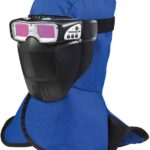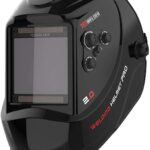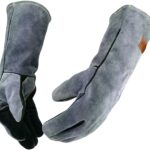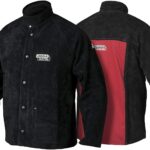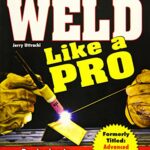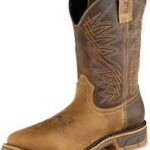For doing a proper welding process, welding equipment plays a major role. In fact, without the required welding equipment, the welding process cannot be done effectively.
Inside this article, we are going to discuss almost every equipment of welding. So, now let us come to the point and take a quick glance at each of the equipment.
1. Welders:
The common welder that we used in the home and for daily applications is most of the time stick welder. This welder is also known as the Shielded Metal Arc Welder.
Why people use the stick welder?
For the stick welder, you don’t require any special environment to use it. You can use it in a normal environment without any issues. Also, it is available in any near market.
The only issue is that the electrode used in the stick welder has to be maintained properly. You should replace it whenever it gets damaged.
You will also require any gas feed with this type of welder.
2. Electrode:
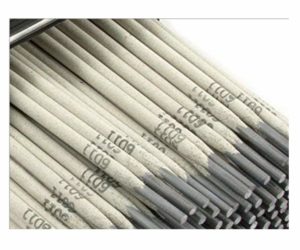
We can say that the electrode is the heart of the welding. It is the tip of the tool through which current passes from the welder to the material that has to be welded. In the case of TIG welders, the electrode tip is made up of tungsten which is non-consumable. You don’t have to replace the electrode in the TIG welding process, unlike other welding processes.
3. Welding pliers:
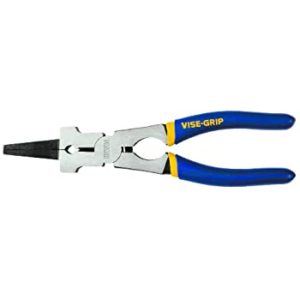
A lot of us have heard about the pliers but do you know more specifically about the welding pliers? Welding pliers are used in many welding processes and they are made up of forged steel.
- They are loaded with spring and they open as well as close easily.
- They have also passed through the heat treatment processes for more durability.
Welding pliers are mainly used in the MIG welding process. They can be used for removing spatter, cutting of wire and nozzle cleaning.
Also Read:
- What is Arc Welding? How Arc Welding Works?
- Types of Welding Process – Everyone Should Know
- Resistance Welding – Definition, Principle, Working and Application
4. Welding Machine:
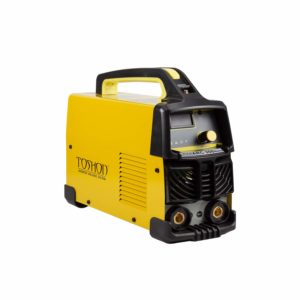
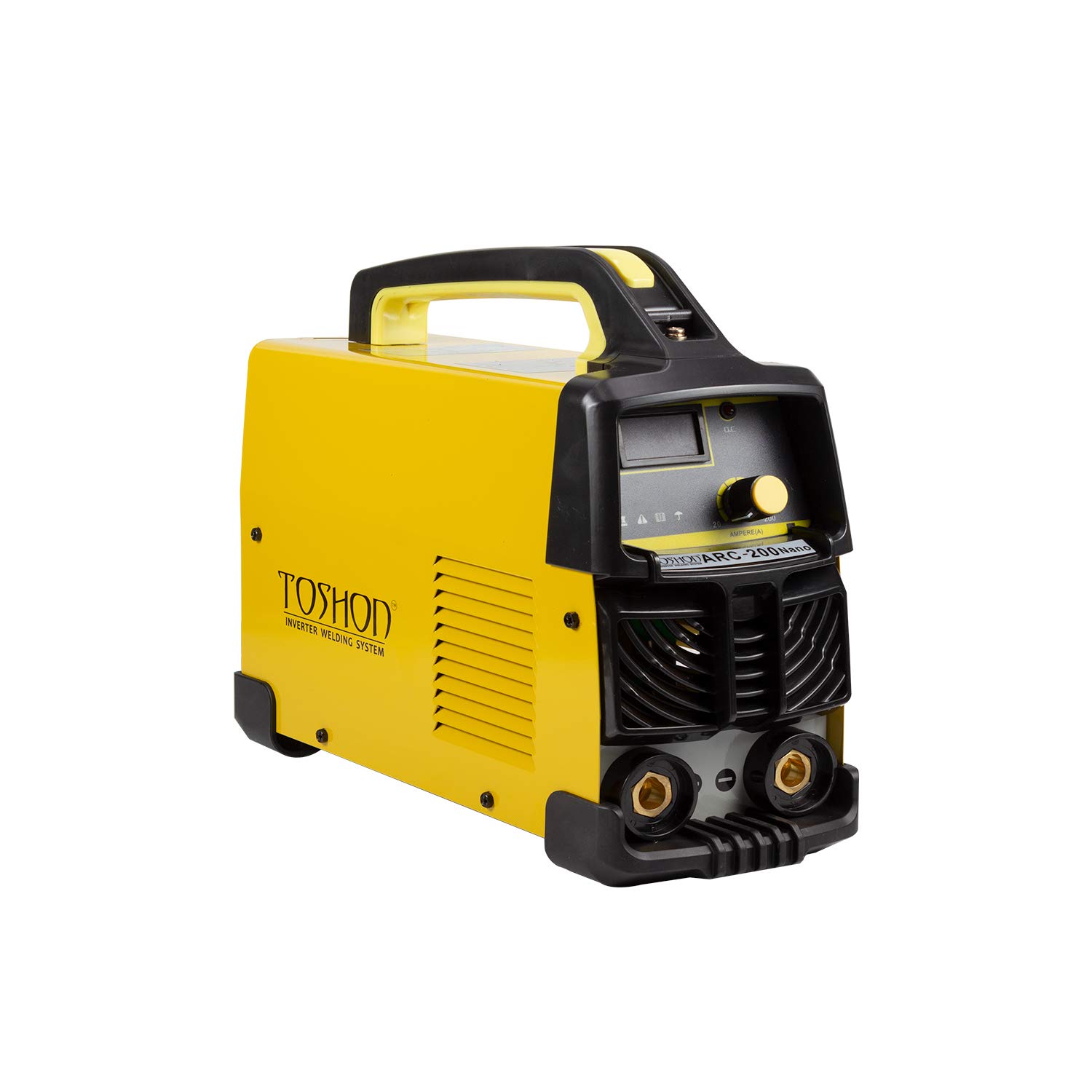
- For welding, you can use A.C as well as D.C. welding machines. The A.C. type welding machine has a step-down transformer. This step-down transformer reduces the input voltage of 220 or 440 V to 80 0r 100 V.
- The D.C. welding machine has A.C. motor-generator set. Sometimes it may have the transformer-rectifier welding set or the diesel-petrol engine generator set.
- A.C. welding machine works in the range of 50 to 60 Hertz supply of power. 80% to 85% is considered as the efficiency of the A.C. type welding transformer.
- D.C. machine has the power factor of 0.6 to 0.7 while the A.C machine has the power factor of the 0.3 to 0.4
5. Electrode Holders:
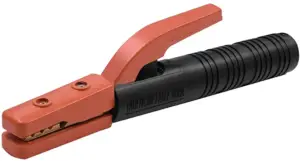
The electrode holders are used for holding the electrodes at the required angle. The electrode holders are of different sizes as per their ampere ratings. The ampere ratings are from 50 to 500 amperes.
The sizes of the electrode holders also depend on the electrode diameters. We require a large electrode for holding the machine having 300-Ampere rating than the machine having 100-Ampere rating.
Two general types of electrode holders which we use are: insulated and non-insulated.
The non-insulated holders are not recommended to use because accidental short-circuiting can happen in some of the cases.
6. Cables:
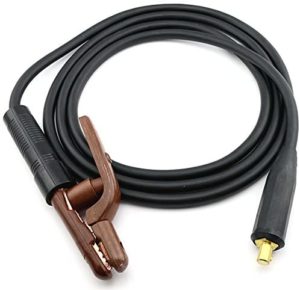
The function of cables are to carry the necessary current. The cables are flexible and are made up of copper or aluminium. Generally, 900 to 2000 wires are twisted together to form the cables. This gives higher flexibility as well as more strength. Cables are insulated with a coating which is mainly of rubber.
Some welding safety equipment that we have to consider while welding:
7. Welding Helmets:
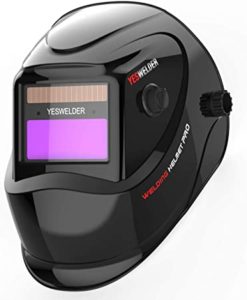
For protecting your face as well as neck from the radiation, best welding helmets are required. Without the helmet, the powerful radiation emitted by the arc can quickly damage your skin as well as eyes.
Generally, auto-opening type of welding helmets are preferred.
Safety goggles or glasses can protect your eyes from the radiation that happened during the welding.
8. Gloves:
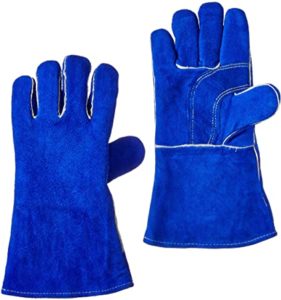
There are many types of gloves that you can use while carrying out welding. Gloves protect your hands from the sparking as well as from the heat.
MIG Welding Gloves:
These are generally used for heavy-duty applications. These gloves protect your hand from spatter. While selecting the gloves always look for those who have multiple layers of insulation. Some of the heavy-duty MIG welding gloves consist of silicone patches for extra protection from heat as well as from spatter.
TIG Welding Gloves:
TIG welding gloves are always softer and made up of heat-resistant leather. These gloves are durable as well as flexible.
9. Jackets:
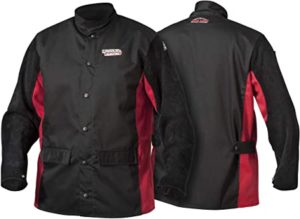
In welding, we have to wear jackets that are made up of flame-resistant fabrics. There are a variety of jackets available that you can use but high-quality jackets will last for years and you don’t have to replace them for a long period of time. Sometimes respirators are also used during the welding process. Respirators keep your lungs safe and away from any health problems caused due to welding.
So, these are all welding equipment that we commonly used in the welding process. If you have any questions about the welding equipment then, feel free to comment below.
Image Sources: Amazon.com
